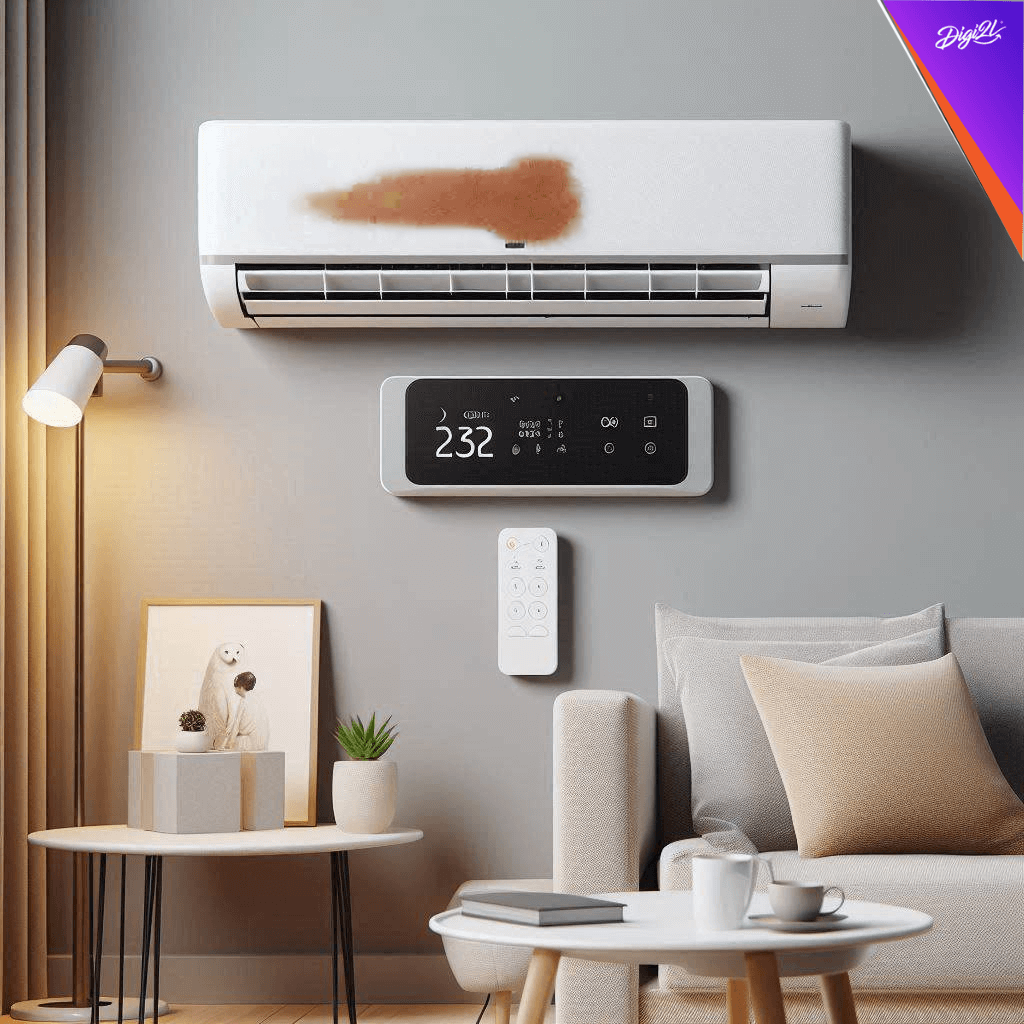
Understanding the price and the pricing of the home appliances
Today let us hit all the confusion concerning the prices of the new home appliances or the household electrical appliances first and then we’ll talk about the differentiation concerning the same. The price difference between different home appliances and their subcategories can be influenced by several factors:
- Brand: Appliances from well-known brands often command higher prices due to their reputation for quality, reliability, and customer service. Brand recognition can also affect perceived value and consumer willingness to pay a premium.
- Features and technology: Appliances with advanced features and technology, such as smart connectivity, energy efficiency, or specialized functions, tend to be more expensive than basic models. The complexity and innovation involved in designing and manufacturing these features contribute to higher production costs.
- Quality and durability: Higher-quality materials and construction methods used in manufacturing appliances can result in higher prices. Durable components and craftsmanship contribute to longer life spans and better performance, which may justify the higher upfront cost for some consumers.
- Size and capacity: The size and capacity of an appliance can significantly impact its price. Larger appliances with greater capacity, such as refrigerators with more storage space or washing machines with larger drum sizes, generally cost more than smaller models.
- Energy efficiency : Energy-efficient appliances may have higher upfront costs but can lead to long-term savings on utility bills. Consumers are often willing to pay a premium for appliances that have earned high energy efficiency ratings or certifications, such as ENERGY STAR.
- Design and aesthetics : Appliances with sleek designs, premium finishes, and customizable options may come with a higher price tag to reflect their aesthetic appeal and exclusivity. Design-driven features and branding can contribute to perceived value and justify higher prices for some consumers.
- Warranty and support : Appliances with longer warranties and comprehensive customer support services may have higher prices due to the added assurance and peace of mind they provide to consumers. Warranty coverage and after-sales support can influence purchasing decisions and justify higher prices for some buyers.
- Market demand and competition: Supply and demand dynamics in the market can also impact appliance prices. Factors such as seasonal demand fluctuations, industry trends, and competitive pricing strategies among manufacturers and retailers can result in price variations for similar appliances and subcategories.
Overall, the price difference between different home appliances and their subcategories is influenced by a combination of factors related to brand reputation, product features, quality, efficiency, design, support services, and market dynamics. Consumers should consider their specific needs, preferences, and budget constraints when evaluating the value proposition of different appliance options.
Why does a brand new appliance not resold at the same price at which it was purchased ?
Several factors contribute to the resale price of a brand new appliance being lower than its original purchase price. Here are some reasons:
- Depreciation : Like most products, appliances experience depreciation over time, meaning their value decreases after purchase. Even if an appliance is brand new, once it’s purchased and used, it loses some of its value. This depreciation is especially significant for consumer electronics and appliances due to rapid advancements in technology and design.
- Market Demand : The resale price of an appliance is influenced by market demand and supply dynamics. If there’s high demand for a particular appliance model, its resale price may be closer to the original purchase price. Conversely, if there’s low demand or if newer models have been released, the resale price may be lower.
- Condition : The condition of the appliance plays a significant role in determining its resale price. Even if an appliance is brand new, factors such as packaging damage, cosmetic flaws, or minor defects can affect its resale value. Additionally, appliances that have been opened or used, even briefly, are considered “used” rather than “new” and typically command lower resale prices.
- Seller motivation : Sellers of brand new appliances may be motivated to sell at a lower price for various reasons, such as clearing inventory, attracting customers with competitive pricing, or making quick sales to generate revenue. This can result in discounted prices compared to the manufacturer’s suggested retail price (MSRP).
- Promotions and discounts : Manufacturers and retailers often offer promotions, discounts, and sales events to incentivize consumers to purchase new appliances. These promotional pricing strategies can lead to brand new appliances being sold at prices lower than their original MSRP, which in turn affects their resale value.
- Warranty and support : Brand new appliances typically come with warranties and after-sales support from the manufacturer or retailer, which adds value for consumers. However, when reselling a brand new appliance, buyers may not receive the same level of warranty coverage or support, which can lower the perceived value and resale price.
Overall, the resale price of a brand new appliance is influenced by a combination of factors, including depreciation, market demand, condition, seller motivation, promotions, and warranty considerations. As a result, it’s common for brand new appliances to be resold at prices lower than their original purchase price.
How to minimize the prize difference between a new and second hand home appliance?
Minimizing the price difference between a new and second-hand home appliance requires a strategic approach that considers factors such as condition, age, brand, and market demand. Here are some tips to help you achieve this:
- Assess the condition : Ensure that the second-hand appliance is in good working condition and free from significant defects or damage. Perform a thorough inspection of the appliance to check for any issues, such as dents, scratches, or mechanical problems. Appliances in excellent condition can command higher prices closer to those of new ones.
- Consider the age and the usage : The age of the appliance and the amount of use it has experienced can significantly affect its value. Newer second-hand appliances with minimal usage will generally be priced higher than older ones with more wear and tear. Try to find appliances that are relatively new and have been well-maintained to minimize the price difference.
- Research the market prices : Research the prices of both new and second-hand appliances in the market to understand the typical price range for the product you’re interested in. Compare prices from different sellers and platforms to identify competitive pricing and negotiate a fair deal.
- Negotiate with the sellers : Don’t hesitate to negotiate with sellers to lower the price of the second-hand appliance. Point out any flaws or imperfections in the appliance that may justify a lower price. Be prepared to walk away if the seller is unwilling to negotiate, but also be reasonable and respectful in your negotiations.
- Buy from reputable sellers : Purchase second-hand appliances from reputable sellers or platforms that offer quality assurance and buyer protection. This can help ensure that you’re getting a reliable appliance at a fair price and minimize the risk of purchasing a faulty or misrepresented item.
- Consider local sellers and classifieds : Explore local classifieds, community groups, or online marketplaces where individuals sell second-hand appliances directly. These sellers may offer lower prices compared to retailers or resellers, as they have lower overhead costs and may be more willing to negotiate.
- Factor in additional costs : Keep in mind any additional costs associated with purchasing a second-hand appliance, such as delivery fees, installation costs, or potential repairs. Factor these costs into your budget when comparing prices and assessing the overall value of the appliance.
- Look for warranty or guarantee : Some sellers may offer warranties or guarantees on second-hand appliances, providing added peace of mind and value. Look for appliances that come with a warranty or guarantee, as this can help minimize the price difference by offering similar protections to those of new appliances.
By following these tips, you can minimize the price difference between a new and second-hand home appliance and make a more informed and cost-effective purchasing decision.






